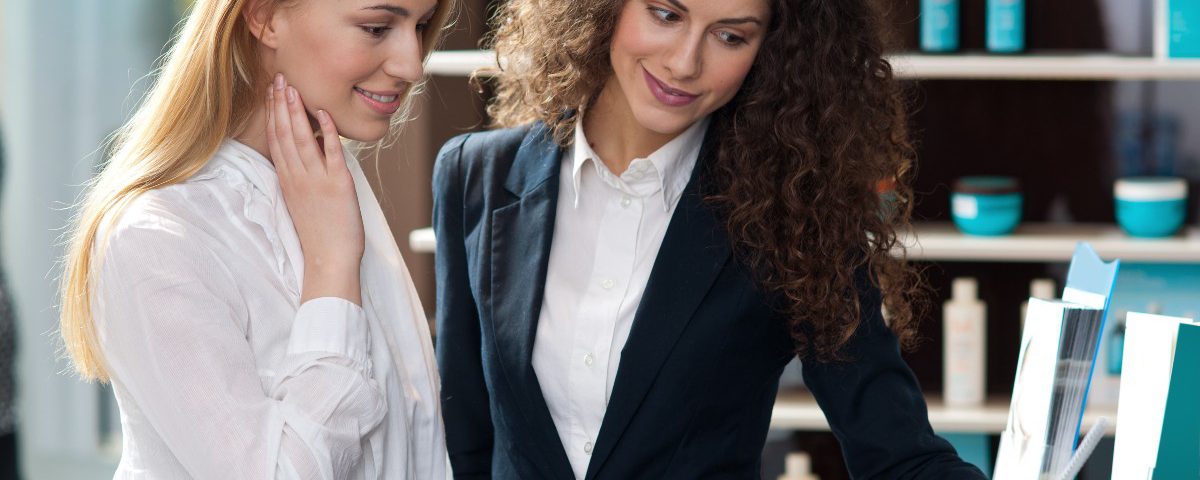Want to be the next Tatcha, Morphe, Milk or Kylie Cosmetics? Launching your brand to market is just one step in a long line of milestones. With the right advice and resources, starting your own cosmetics business can be a great adventure. In this series, leading experts from across the cosmetics and beauty industry offer insights into the journey ahead and help you navigate the bumps on the road to success.
This, our first piece from in-cosmetics North American advisor, Karen Young, CEO of The Young Group, explores the challenges of sourcing ingredients for indie and start-up brands.
You can register to attend in-cosmetics North America, for free, by visiting northamerica.in-cosmetics.com/register
Overcoming sourcing challenges – a strategy for success
Indie brands are grabbing headlines for their innovation and market disruption. But for every Drunk Elephant that achieves iconic indie status, there are dozens that don’t succeed.
There are, of course, many reasons why indie brands might fail to get off the ground. Indie brands often have less budget and fewer resources to scale as quickly as they’d like. One of the biggest challenges is sourcing quality ingredients from reputable suppliers in the quantities, and at a price, they can afford.
Indie brands can rest assured that the majority of raw material suppliers are legitimate and trustworthy thanks to the quality demands of the marketplace. However, finding the right supplier – whether it’s a packaging company, a raw material supplier or a contract manufacturer – leaves little room for error.
To manage this, indie brands must do their homework. Every supplier must be thoroughly researched. It’s important to talk to people in the industry, get the names of companies in the category and then vet them – explore their websites, talk to their salespeople, ask questions and speak to other entrepreneurs. By undertaking in-depth research at the outset, brands can move forward with the confidence that they know who they’re working with and have a clear understanding of what the supplier can deliver.
Fundamental to indie brands is the capability of suppliers to sell in small batches. As a small business, this should be one of the first questions asked when vetting a potential supplier.
How do you find out? Ask questions. Does the supplier have minimum order quantities on the ingredients required? What about the shelf life of the material? Will the supplier inventory the material for later use? In addition, will they invoice for the whole order? For instance, a raw material supplier may say their minimum order quantity is 10kg, but an indie brand may only need one kilo. If so, what happens to the other nine? Will a brand have to pay for all 10kg up front, for the supplier to hold the other nine? What if there is a limited shelf life on that material, and the brand or demand for the product doesn’t grow as quickly as anticipated? How long will that remaining nine kilos last?
Understand market trends and consumer drivers
One of the biggest consumer trends is the desire for ‘green’ products. The term ‘greenwashing’ continues to surface and indie brands need to manage the “green” claim accurately and authentically.
Consumers are beginning to question ingredients that have been used for years and are widely understood to be safe. Parabens, in particular, are no longer used as a cosmetic preservative due to research suggesting they have carcinogenic properties. While the data is not conclusive, consumers are no longer comfortable with the ingredient. A similar example is the silicone category. While the material is generally considered safe, can be beneficial to skin and provides a wonderful texture to products, the environmental awareness of its after-life and a growing global movement to be more environmentally aware are causing many brands to look for alternatives.
It’s important for brand owners to do their homework and understand not only the properties of an ingredient but wider market and consumer attitudes towards it.
Ingredient regulations: understand your market
Once a brand has chosen to partner with a raw materials supplier, it’s important to review global regulatory requirements.
Take sunscreens for instance. In Europe, there are many more permissible ingredients for sunscreens than in the United States. In Europe, South America and much of, Asia, sunscreens are not classified as a drug, but in the United States, they are. It’s important to identify your potential markets upfront, with the supplier.
Brand founders will face many challenges on the journey to creating their brands and bringing new energy to the competitive marketplace. Taking the time to understand the issues and find reliable resources to support them, will simplify and clarify the process.
In her next column, Karen Young discusses the dos and don’ts of outsourcing manufacturing and the challenges to look for.
Karen Young, CEO, The Young Group, will lead the brand new in-cosmetics North America Indie Brand Trail and Tours on October 23 -24, supporting small businesses meeting suppliers who can support indie scale production.

